Tungsten Carbide Burrs
Carbide rotary burrs are cutting tools with carbide as the cutting part, compatible with the high-speed rotation of power tools, and used for milling, shaping, and deburring on metals, composite materials, etc.
Products Provided by Kedel
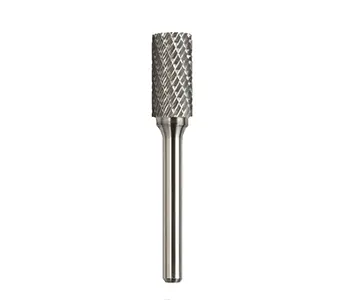
A
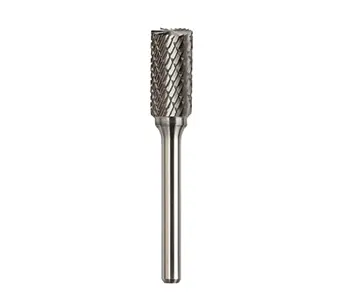
B
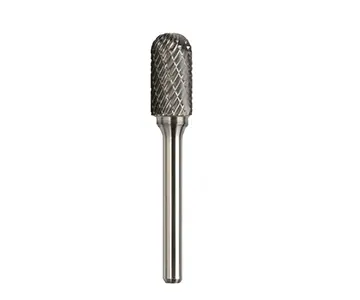
C
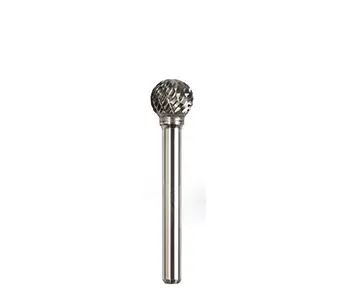
D
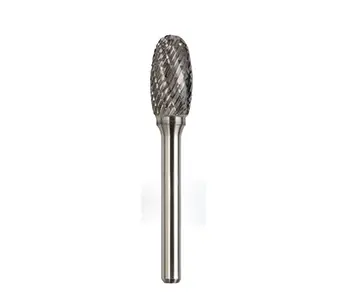
E
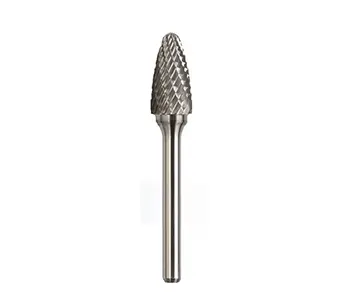
F
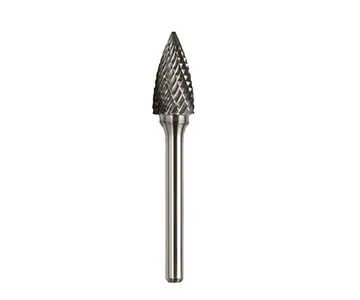
G
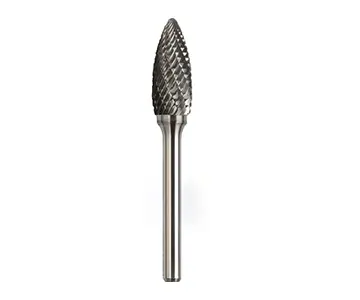
H
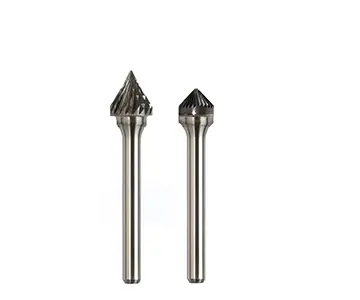
J/K
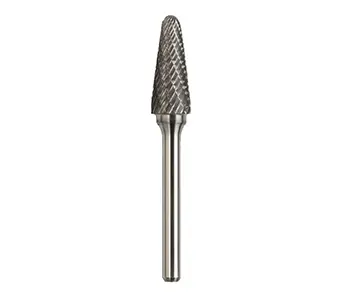
L
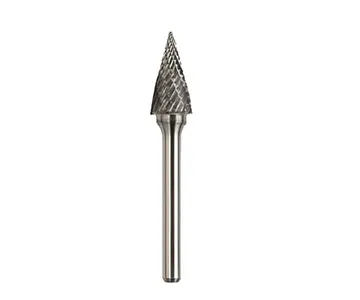
M
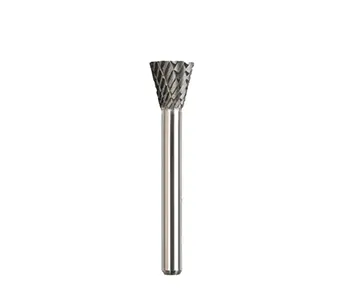
N
Single- and double-flute rotary burrs available
Need custom blades? We design and make them
Application Scenarios
Rotary burrs in different fields mean adapting to their material characteristics, processing precision and efficiency needs to achieve efficient cutting and precise shaping, supporting production processes.
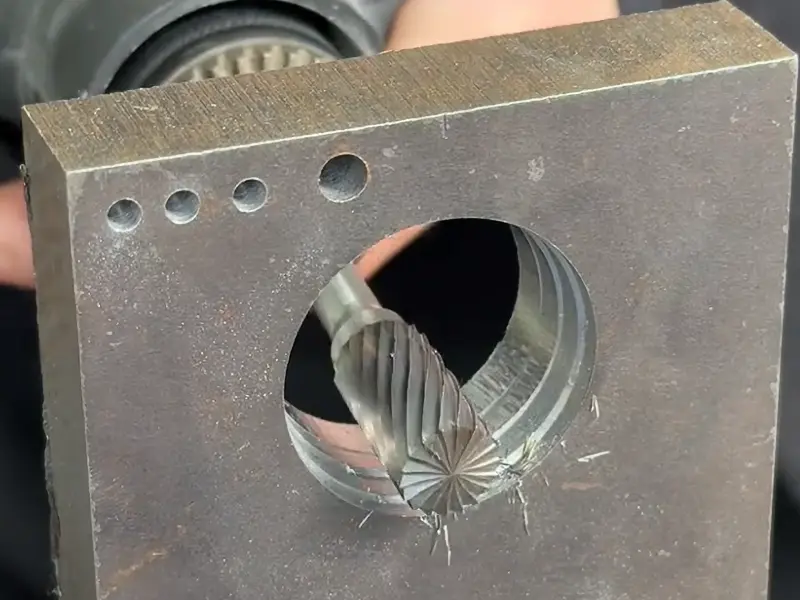
Mold Machining
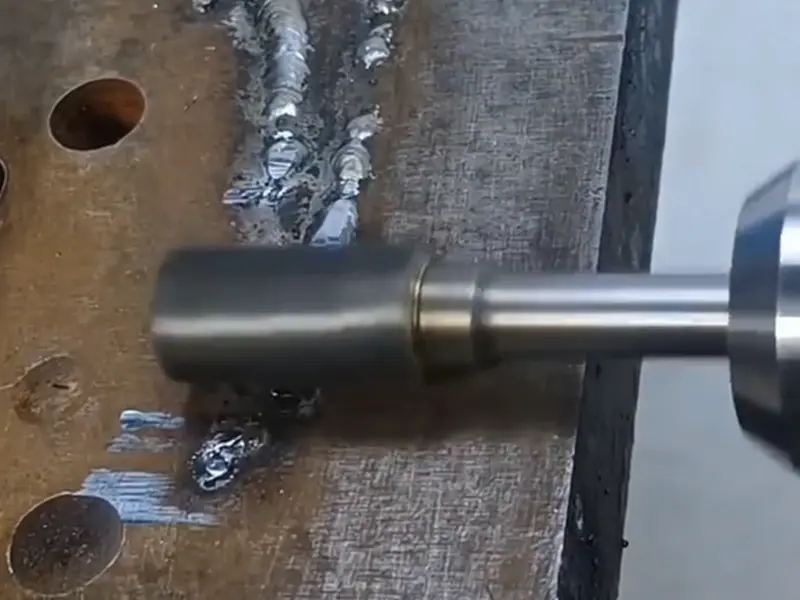
Mechanical Component Machining
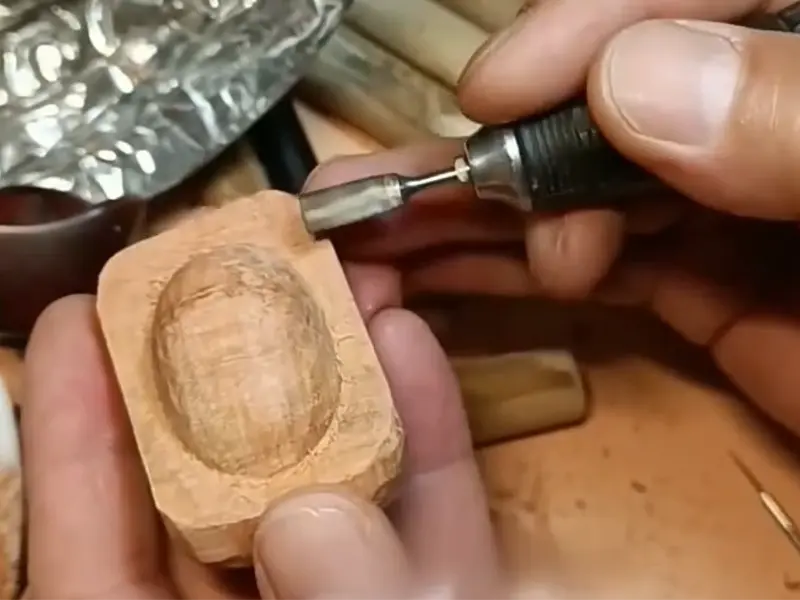
Craft & Creative Making
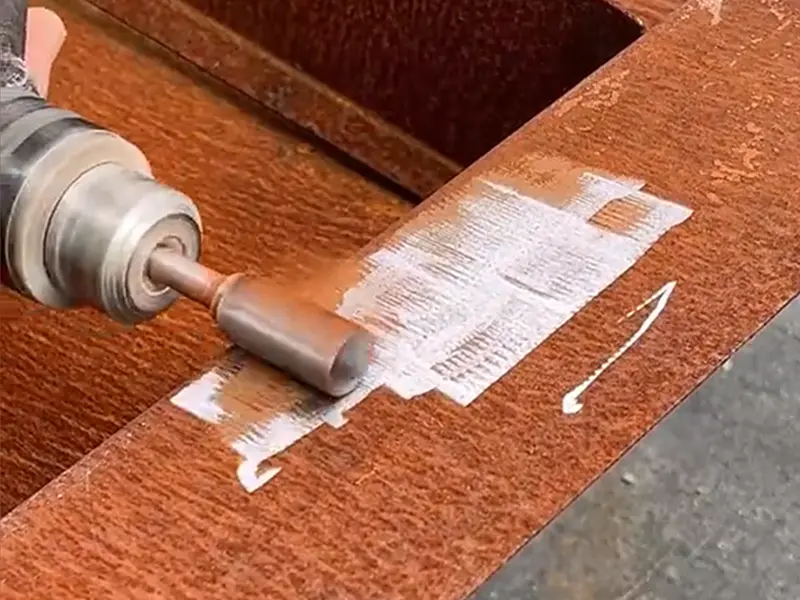
Maintenance & Refurbishment Scenarios
Uncover Your Needs with Us!
The compatibility of the rotary burr’s shank, along with the cutting head geometry, tooth profile, flute type, and carbide grade, are closely related to machining performance. Please share your or your customers’ specific machining requirements, along with relevant drawings or samples, and we will execute customized production.
What is a Tungsten Carbide Burrs ?
Rotary burrs are cutting tools for power tools , working via high – speed rotation and axial/radial feeding to machine metals, composites, and plastics. Featuring carbide grades and structured with diverse cutting head geometries and shanks, they offer advantages of flexible contour adaptation, efficient material removal or finishing, and wear resistance. They serve as key tools in industries like mold making, equipment maintenance, and hardware manufacturing for shaping, deburring, and engraving tasks.
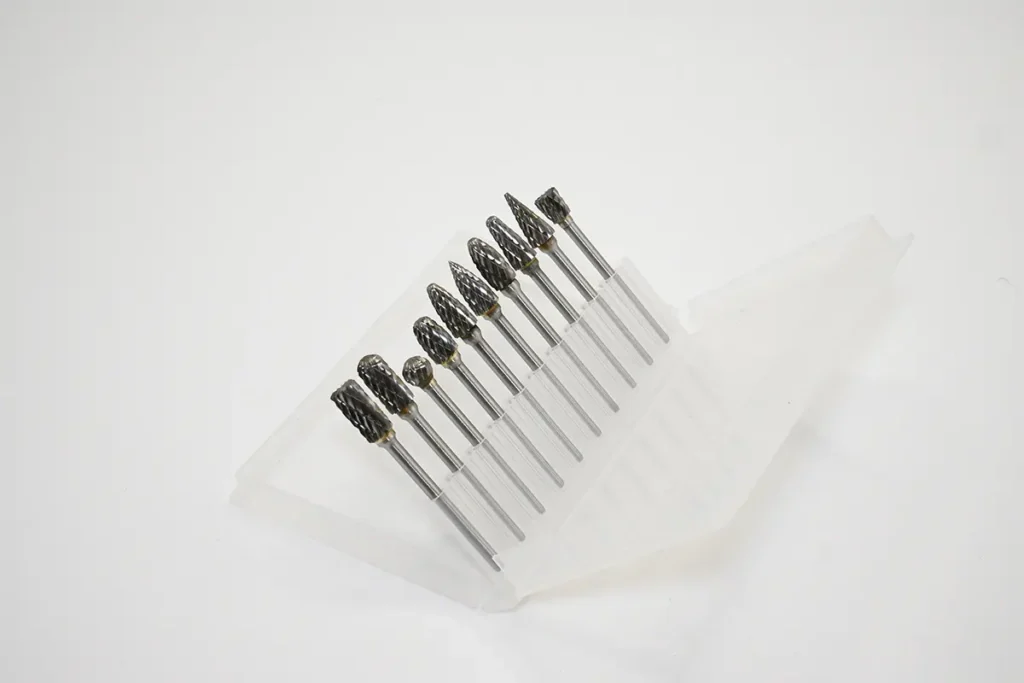
What are the common tool types used in Tungsten Carbide Burrs?
Different types of rotary burrs, through design differences in geometry, tooth profiles, etc., precisely match the requirements for contour, precision, and efficiency in machining scenarios, achieving an optimal balance between machining performance and tool life.

A Type
Structural Features: Features a straight cylindrical cutting edge with active cutting surfaces on both the end face and sidewall, designed with uniform relief angles and consistent tooth pitch distribution.
Functional Advantages: Enables high – speed material removal for linear – profile machining (e.g., straight slots, right – angle chamfers), with smooth chip evacuation to prevent clogging during aggressive cutting.
Typical Applications: Removing risers from castings, chamfering straight edges on steel plates, and grooving aluminum heat sinks for thermal management.

B Type
Structural Features: Features a double – edged helical cutting profile with symmetric flute design, ensuring balanced cutting forces and enhanced chip evacuation efficiency. The edge geometry maintains consistent sharpness for prolonged use.
Functional Advantages: Enables high – precision finishing of complex curved surfaces (e.g., aerospace components) with reduced vibration, thanks to the dual – edge and helical structure.
Typical Applications: Precision finishing of aerospace engine blades, contour machining of high – precision electronic molds.

C Type
Structural Features: Combines a cylindrical body with a spherical tip, connected by a smooth radius transition, creating double – curved cutting edges for multi – surface interaction.
Functional Advantages: Allows simultaneous machining of flat and curved surfaces (e.g., radius transitions), reducing tool changes. The rounded tip enhances edge toughness to resist chipping.
Typical Applications: Finishing radii on mold parting lines, rounding corners on plastic components, and engraving decorative dimples on metal surfaces.

D Type
Structural Features: A fully spherical cutting profile with 360° symmetric cutting edges and uniform tooth spacing, ensuring balanced force distribution during rotation.
Functional Advantages: Delivers high – precision shaping of concave curves (e.g., mold cavities) and minimizes material tearing on brittle materials (e.g., carbon fiber).
Typical Applications: Precision radius finishing in mold cavities, arc chamfering on carbon fiber plates, and engraving spherical ornaments.

E Type
Structural Features: Features an elliptical cutting profile with distinct major and minor axes, creating curved cutting edges that vary in radius along the tool axis. The tooth geometry maintains consistent relief angles across the elliptical surface.
Functional Advantages: Enables precise machining of free – form curved surfaces (e.g., complex mold contours) by mimicking natural curve shapes. Reduces tool path complexity for organic – shaped workpieces.
Typical Applications: Finishing free – form surfaces on automotive stamping dies, engraving curved patterns on musical instrument components.

F Type
Structural Features: Combines a circular – arc cutting edge with a rounded tip, forming a “gentle curve + blunt end” geometry. The arc radius is larger than the tip radius, ensuring smooth transition machining.
Functional Advantages: Ideal for machining arc – to – flat transitions (e.g., fillets between two planes) and shallow curved grooves. The rounded tip resists chipping during light – impact operations.
Typical Applications: Radius – blending on furniture hardware corners, machining shallow arc grooves in electronic connectors.

G Type
Structural Features: Integrates a circular – arc cutting edge with a sharpened tip, creating a “curved blade + acute point” geometry. The tip angle is typically 30°–45°, balancing sharpness and edge strength.
Functional Advantages: Excels at machining acute – angle chamfers (e.g., 45° edges) and narrow slits, as the pointed tip accesses tight spaces. The arc edge ensures smooth surface transitions.
Typical Applications: Chamfering acute angles on mechanical fasteners, cutting narrow relief slots in precision instruments.

H Type
Structural Features: Features a tapered body (conical angle ~15°–30°) with a rounded tip, resembling a torch. The cutting edges are distributed along both the taper and the tip.
Functional Advantages: Enables heavy – duty roughing of tapered cavities (e.g., deep mold pockets) and contouring of conical surfaces. The rounded tip enhances impact resistance during aggressive material removal.
Typical Applications: Rough – milling deep tapered cavities in die – casting molds, dressing conical surfaces on forged components.

J/K Type
Functional Advantages: J Type excels at fine engraving (e.g., lettering) and V – groove machining; K Type handles heavy – duty bevel milling on steel structures and roughing of hard materials.
Typical Applications:
- J Type: Engraving text on metal nameplates, cutting V – grooves.
- K Type: Milling bevels on steel structures, rough machining of hardened alloys.

L Type
Structural Features: Combines a conical cutting edge (taper angle ~6°–12°) with a rounded tip, prioritizing smooth transition machining over the H – Type’s ruggedness.
Functional Advantages: Specialized for finishing tapered – to – rounded transitions (e.g., conical – to – spherical surfaces). Reduces tool marks on contoured surfaces.
Typical Applications: Finishing tapered – rounded edges on automotive wheel hubs, dressing conical fillets on agricultural machinery parts.

M Type
Structural Features: Integrates a conical cutting edge (taper angle ~8°–15°) with a sharpened tip, creating a “precision taper + acute point” geometry. The tip angle is ~20°–30° for maximum sharpness.
Functional Advantages: Enables ultra – precise machining of sharp – tapered features (e.g., conical pins, micro – grooves) and detailed engraving. The pointed tip excels at fine – feature definition.
Typical Applications: Engraving fine details on jewelry molds, machining conical alignment pins in micro – electronics.

N Type
Structural Features: Reverse – tapered profile (wider at the top, narrower at the bottom) with cutting edges on the inner wall, optimized for interference – free deep – cavity access.
Functional Advantages: Enables machining of inner walls and deep cavities without tool – shank interference, efficient for reverse – taper sealing surfaces and internal chamfers.
Typical Applications: Chamfering and expanding inner holes in pipes, sidewall milling in deep mold cavities, and machining reverse – tapered sealing structures.
What are the common working methods?
Different working methods, by matching the tooth profiles, structures, and performances of rotary burrs, precisely meet the differentiated needs of rough machining, finishing, and special processes, achieving a balance among machining efficiency, quality, and tool life.
Rough Machining
- Principle: The rotary burr rotates at high speed, using coarse – toothed or large – cutting – edge designs, combined with relatively large feed rates, to rapidly remove excess material from the workpiece (e.g., removing risers from castings and flash from forgings).
- Scenario: Removing risers from castings, eliminating flash from forgings, and performing preliminary contour forming of workpieces (such as rough milling of molds).
- Advantage: It has high material – removal efficiency, can quickly reduce the excess material of the workpiece, and is suitable for working conditions with large cutting amounts.
Finish Machining
- Principle: Fine – toothed and high – precision rotary burrs are adopted, with low feed rates and stable rotation speeds, to control small amounts of material removal and optimize surface accuracy.
- Scenario: Trimming the parting surfaces of molds, finishing chamfers and fillets on parts, and conducting pre – processing for high – precision surfaces (such as machining with a surface roughness Ra ≤ 1.6μm).
- Advantage: It offers high precision, improves the surface roughness, and meets the requirements for precise assembly and appearance.
What parameters do we need to understand?
Understanding these parameters is the core basis for precisely matching workpiece characteristics, machining conditions, and tool performance, and achieving an optimal balance between cutting performance (precision, efficiency) and tool life.
I. Material-Related Parameters
- Grade & Property Correlation
- Series Classification:
- YG-series (e.g., YG6, YG8): High cobalt content (6–8%), excellent impact resistance, ideal for soft metals (aluminum, copper) and cast iron.
- YT-series (e.g., YT15, YT14): High TiC content, superior wear resistance for carbon/alloy steel machining.
- YW-series (e.g., YW1, YW2): Balanced hardness & toughness, universal for stainless steel, heat-resistant steel, and multi-material processing.
- Ultra-fine Grain (e.g., YG6X, YG8X): Enhanced hardness (HRA 91–93) for high-precision tasks (quenched steel, carbide blanks).
- Hardness Measurement: Rockwell HRA (cemented carbide, e.g., YG8: HRA 89–91; YT15: HRA 91–92), correlating to workpiece hardness (e.g., YG6X suits HRC 50–60 materials).
- Series Classification:
II. Structural Design Parameters
- Cutting Head Geometry
- Shape Types:
- Cylindrical (A/C): For flat surfaces, slotting.
- Spherical (D): For curved surfaces, radius finishing.
- Tapered (E/H/J): For bevels, narrow gaps (30°–90° taper angles).
- Edge Geometry:
- Rake Angle: 5°–15° (coarse teeth: larger angle for fast chip removal; fine teeth: smaller angle for precision).
- Relief Angle: 3°–8° to minimize friction.
- Shape Types:
- Dimensional Specifications
- Cutting Diameter: φ3mm–φ20mm (defines material removal width).
- Shank Diameter: φ3mm, φ6mm, φ10mm (matches grinder/machine tool chucks).
- Flute Length: 5mm–25mm (limits maximum cutting depth per pass).
- Overall Length: 30mm–100mm (avoids interference during operation).
- Tooth & Flute Design
- Tooth Pitch:
- Coarse: Fast stock removal (roughing, e.g., cast iron deburring).
- Fine: Smooth surface finish (precision shaping, e.g., aluminum engraving).
- Flute Type:
- Straight Flute: Simple chip evacuation (soft materials).
- Helical Flute: Anti-chip wrapping (ductile materials like copper).
- Tooth Pitch:
III. Performance and Usage Parameters
- Power Tool Compatibility
- Speed Range:
- Low (<10,000 RPM): Brittle materials (cast iron) to prevent edge chipping.
- Medium (10,000–30,000 RPM): General steel/aluminum machining.
- High (>30,000 RPM): Precision tasks (e.g., YG6X for quenched steel finishing).
- Shank Fit: Straight shank (collet chuck, runout ≤0.02mm) or hexagonal shank (quick-release tools).
- Speed Range:
- Machining Conditions
- Cooling Needs:
- Dry Cutting: Uncoated YG-series (copper, aluminum).
- Wet Cutting: TiAlN-coated YT-series (high-speed steel, heat reduction).
- Workpiece Matching:
- Soft (Al, Cu): YG6/YG8 (high efficiency).
- Hard (HRC 45–60): YG6X/YW2 (wear resistance).
- Tough (stainless steel): YW1/YW2 (balanced toughness).
- Cooling Needs:
IV. Parameters for Special Scenarios
- Precision Machining
- Surface Roughness: Ra ≤1.6μm requires fine-tooth, ultra-fine grain grades (YG6X) and runout <0.01mm.
- Micro Machining: φ3mm diameter, 5mm flute length (electronics: phone frame threading).
- Heavy-Duty Machining
- High-Impact: YG8/YW2 (high cobalt) for cast iron roughing, large stock removal.
- Abrasive Environments: TiAlN-coated grades (e.g., YT15) for materials with sand inclusions.
- Customization
- Non-Standard Shapes: Special profiles (concave/convex radii) for mold cavities.
- Custom Coating: DLC coating for extreme wear resistance (carbon fiber machining).
What materials can be used to make Tungsten Carbide Burrs?
Different grades of cemented carbide, through differences in properties such as hardness, wear resistance, and toughness, precisely match the materials and working conditions in rotary burr machining, achieving the optimal balance among cutting efficiency, precision, and tool life.
YG6
- Hardness: Moderate, suitable for machining soft non-ferrous metals (e.g., aluminum, copper) and cast iron, maintaining stable cutting edges during operation.
- Wear Resistance: Good, enabling long service life when processing soft materials and reducing regrinding frequency.
- Impact Resistance: Strong, ideal for intermittent cutting (e.g., deburring cast iron parts) with low risk of edge chipping.
YG8
- Hardness: Slightly lower than high-hardness grades but sufficient for rough machining of cast iron/non-ferrous metals.
- Wear Resistance: Excellent, maintaining cutting performance during heavy material removal (e.g., rough shaping of cast iron workpieces).
- Impact Resistance: High cobalt content provides superior impact resistance, perfect for roughing with large cutting loads.
YG6X (Ultra-fine Grain)
- Grain Advantage: Ultra-fine grain structure boosts hardness and wear resistance, suited for high-precision machining (e.g., quenched steel, cemented carbide blanks).
- Surface Quality: Delivers better surface finish, reducing post-processing steps.
- Wear Resistance: Significantly higher than ordinary YG grades, ensuring long life in precision cutting.
YG8X (Ultra-fine Grain)
- Toughness & Wear Resistance Balance: Balances toughness and wear resistance, outperforming YG8 in handling high-hardness cast iron/quenched steel.
- Application: Withstands high cutting loads (e.g., shaping hardened steel components).
- Condition Adaptability: Adapts to harsh conditions like continuous cutting of high-hardness materials.
YW1 (Universal Grade)
- Performance Balance: Excellent hardness-toughness balance, applicable to stainless steel, high-strength steel, heat-resistant steel, and ordinary steel/cast iron.
- Wear Resistance: Consistent wear resistance across diverse materials.
- Versatility: Adapts to complex tasks (e.g., multi-material component processing).
YW2 (Universal Grade, Enhanced Toughness)
- Performance Balance: Better toughness than YW1, resisting fracture under heavy impact (e.g., slitting machine vibration).
- Wear Resistance: High hardness ensures long-lasting sharpness for medium-to-high-speed cutting.
- Cobalt Advantage: Increased cobalt content enhances anti-fragmentation performance for stress-prone conditions (e.g., cutting composites).
YT15 (Tungsten-Titanium-Cobalt)
- Hardness: High, maintaining performance in high-speed cutting of carbon/alloy steel.
- Wear Resistance: Good, keeping edges sharp during continuous steel machining.
- Heat Resistance: Retains hardness at high temperatures, ideal for steel’s continuous cutting.
YT14 (Tungsten-Titanium-Cobalt, Balanced Toughness)
- Hardness: Slightly lower than YT15 but suitable for semi-finishing carbon/low-alloy steel.
- Wear Resistance: Meets general steel machining needs with long service life.
- Impact Resistance: Better than high-titanium grades, withstanding moderate impact loads.
| Grade | Core Properties | Applicable Scenarios |
|---|---|---|
| YG6 | Moderate wear resistance, high impact resistance. | Soft metals (e.g., aluminum, copper); intermittent cutting (deburring) of cast iron. |
| YG8 | Excellent wear resistance, extremely high impact resistance. | Rough machining of cast iron (heavy cutting load, high impact). |
| YG6X | Ultra-fine grain, high hardness & wear resistance + high precision. | Precision machining of quenched steel, cemented carbide blanks, etc. |
| YG8X | Balanced wear resistance + toughness, high load resistance. | Initial cutting of high-hardness cast iron, thick plates (strong vibration conditions). |
| YW1 | Versatile adaptability, balanced hardness/toughness. | Machining of stainless steel, high-strength steel, complex multi-material parts. |
| YW2 | Superior toughness, impact fracture resistance. | Vibration/stress conditions (e.g., composite film cutting, elastic fibers). |
| YT15 | High hardness, wear resistance + heat resistance, suitable for high-speed cutting. | High-speed continuous cutting of carbon steel, alloy steel. |
| YT14 | Balanced toughness, medium impact resistance. | Semi-precision machining of carbon steel (e.g., intermittent cutting of low-alloy steel). |
How to maintain and service Tungsten Carbide Burrs?
Maintaining cemented carbide rotary burrs can effectively extend their service life, stabilize cutting performance, reduce replacement costs, and ensure consistent machining quality and efficiency.
Ⅰ. Standard Operations During Use
- Avoid Overloading: Operate strictly within the burr’s rated parameters (e.g., rotational speed, feed rate). Overloading (e.g., sudden feed increases during high-speed rotation) can cause instant edge chipping or thermal damage.
- Ensure Stable Cooling: When machining hard materials or working continuously, use cutting fluids (e.g., emulsion, oil-based coolants) to prevent tool oxidation and wear from heat. For liquid-cooling-prohibited scenarios, auxiliary air cooling is an alternative.
Ⅱ. Daily Cleaning and Inspection
- Prompt Chip Removal: After each use, clear chips from the tool head (especially critical for sticky materials like aluminum/copper) using a stiff brush or compressed air. Chip buildup risks precision loss, tooth blockage, or uneven stress.
- Regular Wear Checks: Inspect for edge damage (chipping, curling, dulling—indicated by rough finishes or increased cutting resistance) and shank issues (deformation, concentricity deviation). Stop use immediately if abnormalities occur.
Ⅲ. Storage and Protection
- Collision-Proof Storage: Store burrs individually in dedicated toolboxes/racks (use partitioned cases for classification by model/size) to avoid collision-induced tooth chipping or shank deformation.
- Moisture/Rust Prevention: For uncoated or steel-shank burrs, apply anti-rust oil during long-term storage. Humidity-induced rust can degrade concentricity and cutting performance.
Ⅳ. Other Precautions
- Avoid Idling: Ensure the burr contacts the workpiece (or is in a safe no-load state) before starting equipment. High-speed idling may damage the tool head via centrifugal force, shortening its life.
- Targeted Maintenance: After machining different materials, wipe residual contaminants (e.g., composite fiber fragments) with dedicated solvents (e.g., alcohol) to prevent chemical corrosion or physical damage.
How long can a Tungsten Carbide Burrs typically be used?
Timely replacement of machine – used rotary burrs ensures stable machining precision, improves efficiency, reduces workpiece damage and equipment wear, and guarantees machining quality and production safety.
| Influencing Factors | Specific Conditions | Reference Replacement Cycle (hours) |
|---|---|---|
| Workpiece Material | Soft metals (e.g., copper, aluminum) for routine processes (deburring, surface finishing) | 80 – 120 |
| Alloy steel (HRC 45–55) for grooving or rough machining | 10 – 20 | |
| Brittle materials (e.g., cast iron) for hole – edge chamfering | 30 – 60 | |
| Machining Parameter – Cutting Speed | Stainless steel, conventional cutting speed (15m/min) | 40 |
| Stainless steel, cutting speed increased to 30m/min (twice the conventional speed) | 20 (≈ 50% of the conventional speed cycle) | |
| Machining Parameter – Feed Rate | Milling carbon steel, feed rate 0.05mm/r | 60 |
| Milling carbon steel, feed rate increased to 0.1mm/r (double the original rate) | 30 – 40 (≈ 50%–67% of the original feed rate cycle) | |
| Machining Parameter – Cutting Depth | Slot milling of aluminum alloy, cutting depth 2mm | 80 |
| Slot milling of aluminum alloy, cutting depth increased to 4mm (double the original depth) | 50 – 60 (≈ 62.5%–75% of the original cutting depth cycle) | |
| Rotary Burr Material & Quality | Common cemented carbide, machining ordinary steel | 30 – 50 |
| High – quality cemented carbide, machining ordinary steel | 60 – 80 | |
| Uncoated rotary burr, machining alloy steel | 15 – 20 | |
| TiAlN – coated rotary burr, machining alloy steel | 30 – 40 (≈ 150%–200% of the uncoated cycle) |


